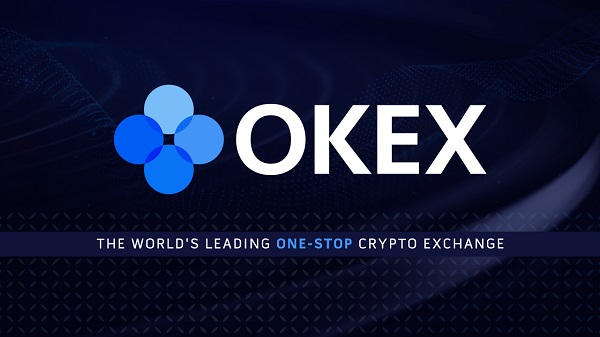
Decentralized physical infrastructure networks (DePINs) have emerged as a critical part of the blockchain industry, offering solutions that could disrupt traditional infrastructure models in data storage, computing power, and connectivity.
The momentum behind DePIN is impossible to ignore, according to a recent Messari report that puts the category’s market cap at $20 billion. DePIN projects—which are built on blockchains and incentivize decentralized networks of contributors—have seen investment from top venture capital firms, too, including Andreessen Horowitz, Pantera Capital, and Binance Labs.
DePIN projects are making strides in onboarding contributors to support their decentralized networks. For instance, IoTeX has over 100,000 devices connected to its network. And Akash Network, which is focused on decentralized cloud computing, boasts more than 50,000 contributors providing compute resources to its platform.
The potential for DePIN to transform markets like the internet of things (IoT) is substantial. With the IoT market projected to hit $500 billion in the coming years, according to McKinsey, DePIN likewise appears primed for growth.
Speaking with Decrypt, Tom Trowbridge, co-founder and CEO of Fluence Labs, said that the use cases of DePIN are straightforward and easily understandable, including road mapping, telecommunications, location services, and data storage.
“DePIN projects generate revenue now,” he said, “with many securing contracts with large enterprises, which helps validate their value.”
One of the most compelling aspects of DePIN is its potential for sustainability. Traditional data centers and cloud computing infrastructure are notorious for their significant energy consumption and carbon footprint. In contrast, DePIN projects often utilize existing hardware without the need to build new facilities.
“DePIN is already promoting a greener future. This is thanks to the leveraging of existing computational sources, reducing if not eliminating the need for power-hungry data centers,” Raullen Chai, CEO of IoTeX told Decrypt.
Recent funding rounds, such as IoTeX’s $50 million raise in April, indicate strong investor interest in the sector.
However, the path to widespread adoption is not without obstacles. Established tech giants— like Google, Microsoft, and Amazon—dominate the cloud computing market and are formidable incumbents for decentralized upstarts.
Highlighting some of these challenges, Clément Fermaud, marketing lead at Twentysix Cloud, tells Decrypt, “It’s often challenging to approach established companies and ask them to migrate their entire stack to a relatively new technology with only a few years of history.”
He added that DePIN faces its own challenges apart from fighting for market share, like scaling complex protocols, the volatility of crypto markets, and funding limitations.
Technical hurdles also persist, particularly when it comes to scaling these networks. Qevan Guo, CTO of IoTeX, notes that “Moving large data across nodes can be costly and inefficient, creating performance bottlenecks in distributed systems.”
Despite these challenges, many in the industry remain optimistic about the long-term potential of DePIN. With the right incentives, a well-designed DePIN could put the power in the hands of individuals rather than mega-corporations, enabling users all over the world to make meaningful contributions and be rewarded for them.
Luca Franchi, CEO of environmental monitoring network Ambient, sees broader implications: “They are the embodiment of the maturity taking place across Web3, leveraging decentralized solutions to solve industrial scale challenges with the involvement of everyday participants.“
The integration of DePIN with other emerging technologies could further accelerate its growth. Omar Ramadan, CEO of Blockcast, envisions combining DePIN with innovations in areas like voice over internet protocol (VoIP) and multicast technology to “revolutionize last-mile connectivity.”
As the DePIN ecosystem continues to evolve, collaboration and interoperability will be crucial.
“The scalability challenge primarily lies in the software orchestrating computing resources and facilitating key features like failover,” Trowbridge of Fluence Labs notes. “While these hurdles are complex, they are manageable.”
Failover is when a redundant, or standby, computer is used to complete a process when the main system becomes inactive. Trowbridge added it’ll be some years before DePIN grows enough to start unseating traditional cloud computing in meaningful ways.
“Even if decentralized computing scales considerably in the next few years, it is unlikely that centralized cloud providers will need to respond in ways that could jeopardize their current profit margins,” he said.
Edited by Stacy Elliott and Sebastian Sinclair
Daily Debrief Newsletter
Start every day with the top news stories right now, plus original features, a podcast, videos and more.





Be the first to comment